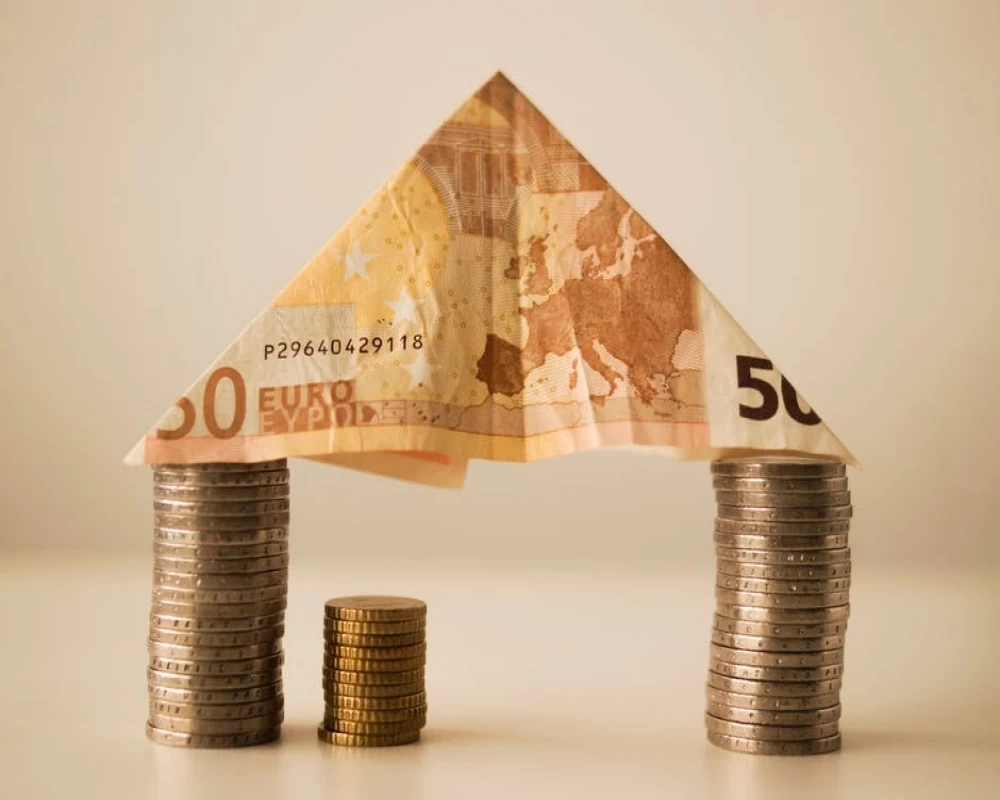2023 Housing Market Correction: Forecast for the Rest of the Year

If you're in the market to buy or sell a home in 2023, you may be wondering what the forecast is for the housing market. With predictions of a housing market correction on the horizon, it's important to stay informed on the latest trends and predictions.
In this article, we'll dive into the 2023 housing market correction: forecast for the rest of the year. From what's causing the correction to how it will impact buyers and sellers, we've got you covered.
Introduction
The housing market has been booming for the past few years, with low interest rates and a high demand for homes driving up prices. However, experts are predicting that the market will experience a correction in 2023, which could have significant impacts on the real estate industry.
2023 Housing Market Correction: Forecast for the Rest of the Year
The housing market correction in 2023 is expected to be driven by a combination of factors, including rising interest rates and an oversupply of housing inventory. As interest rates rise, it will become more expensive for buyers to take out mortgages, which could lead to a decrease in demand for homes.
Additionally, there has been a surplus of housing inventory in certain markets, which could lead to a decrease in home values as sellers compete to sell their properties. This oversupply of inventory could be attributed to a combination of factors, including a decrease in immigration and an increase in new home construction.
Overall, the 2023 housing market correction is expected to lead to a decrease in home values and a decrease in demand for homes, which could impact both buyers and sellers.
How the Housing Market Correction Will Impact Buyers and Sellers
For buyers, the 2023 housing market correction could mean lower home prices and less competition. As home values decrease, it may become more affordable for buyers to purchase a home, and there may be fewer bidding wars and multiple offers.
However, buyers may also face higher interest rates, which could make it more expensive to take out a mortgage. This could impact the overall affordability of buying a home, and buyers may need to adjust their budgets accordingly.
For sellers, the 2023 housing market correction could mean lower home values and an oversupply of inventory. This could make it more difficult to sell a home, as sellers may need to compete with other properties on the market. However, sellers may also benefit from lower interest rates, which could make it more attractive for buyers to take out a mortgage.
Overall, the 2023 housing market correction is expected to impact both buyers and sellers, and it's important for both parties to stay informed on the latest trends and predictions.
Top 10 Housing Market Trends for 2023
While the 2023 housing market correction is expected to have a significant impact on the industry, there are other trends and predictions to keep an eye on. Here are the top 10 housing market trends for 2023:
- Interest rates will continue to rise, impacting affordability for buyers.
- The oversupply of housing inventory will continue in certain markets.
- Home values will decrease, making it more affordable for buyers.
- The demand for single-family homes will continue to increase.
- The rental market will remain strong, with high demand and low vacancy rates.
- Technology will play a larger role in the real estate industry, with more online tools and virtual tours.
- Sustainable and energy-efficient homes will become more popular among buyers.
- Cities with lower cost of living and job opportunities will see an increase in population growth.
- Luxury home sales will remain strong, with high demand from wealthy buyers.
- The real estate industry will continue to face challenges with affordability and accessibility.
ALSO READ: Home values will decrease, making it more affordable for buyers.




